Besides its nuclear weapons, one of the country’s most deadly means of strike are its multiple-rocket launchers, which are deployed close to the border with the South, keeping Seoul, the South Korean capital of 10 million, within their range. In recent years, North Korea has been trying to increase the calibers and ranges of the rocket launchers to be able to target American military bases south of Seoul, as well as enemy ships approaching its coasts, South Korean defense officials and analysts said.
North Korea did not elaborate on what kind of “tactical guided weapons” were tested on Saturday. But Mr. Kim attended tests of such newly developed weapons in November and again last month, as he called on his country to continue to improve its weaponry in the middle of his diplomatic negotiations with Mr. Trump.
The long and tortured experience of negotiations with the North over its nuclear program is a familiar one. In an unusually candid interview in recent days with Michael J. Morell, a former deputy director of the C.I.A. who now hosts the podcast “Intelligence Matters” for CBS, Secretary of State Mike Pompeo noted that “the pattern and practice isn’t terribly different this time.” The statement was notable for an administration that has said its approach has diverged entirely from the incremental efforts of four previous administrations.
“It solely turns on whether Chairman Kim makes the fundamental strategic decision” to give up his weapons, Mr. Pompeo said, “the one he has told me a half-dozen times he has made, the one he has told the president a handful of times he has made.” If the process breaks down, he said, “we’ll obviously have to change paths.”
It would hardly be the first time a once-promising approach collapsed. President Bill Clinton’s signature initiative in 1994, after a nuclear crisis that came perilously close to resuming outright conflict on the Korean Peninsula, froze North Korea’s nuclear production for several years. But the North Koreans cheated, buying uranium-enrichment equipment from Pakistan and building an alternative pathway to a bomb, and Congress never fully delivered on its promises of fuel oil and help in building proliferation-resistant nuclear reactors.
When President George W. Bush took office, and confronted the North, a crisis ensued, and Mr. Kim’s father tested the country’s first nuclear device in 2006.
There have been many tests since, and the North asserted that the last, in late 2017, was a hydrogen bomb. Though it was far from certain that the North had set off a hydrogen bomb, the explosion was far more powerful than any it had set off before. Whether its nuclear weapons can reach an American city is still unclear, which is why a moratorium on testing long-range ballistic missiles is critical.
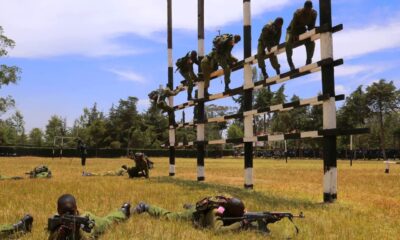
 General News6 days ago
General News6 days ago
 General News1 week ago
General News1 week ago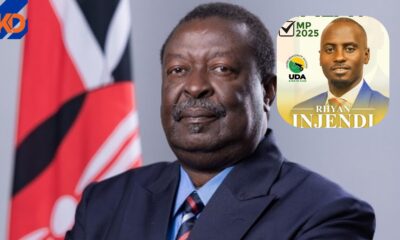
 General News6 days ago
General News6 days ago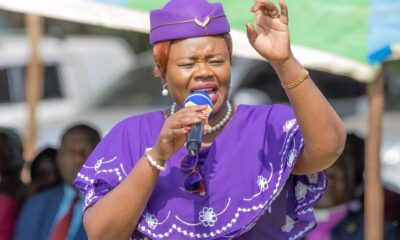
 General News1 week ago
General News1 week ago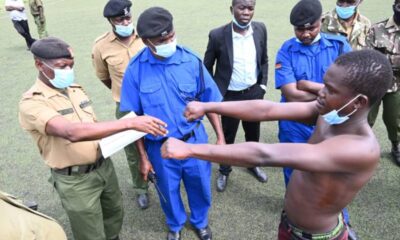
 General News6 days ago
General News6 days ago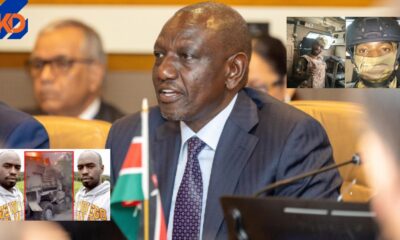
 General News5 days ago
General News5 days ago
 General News1 week ago
General News1 week ago
 Jobs5 days ago
Jobs5 days ago


